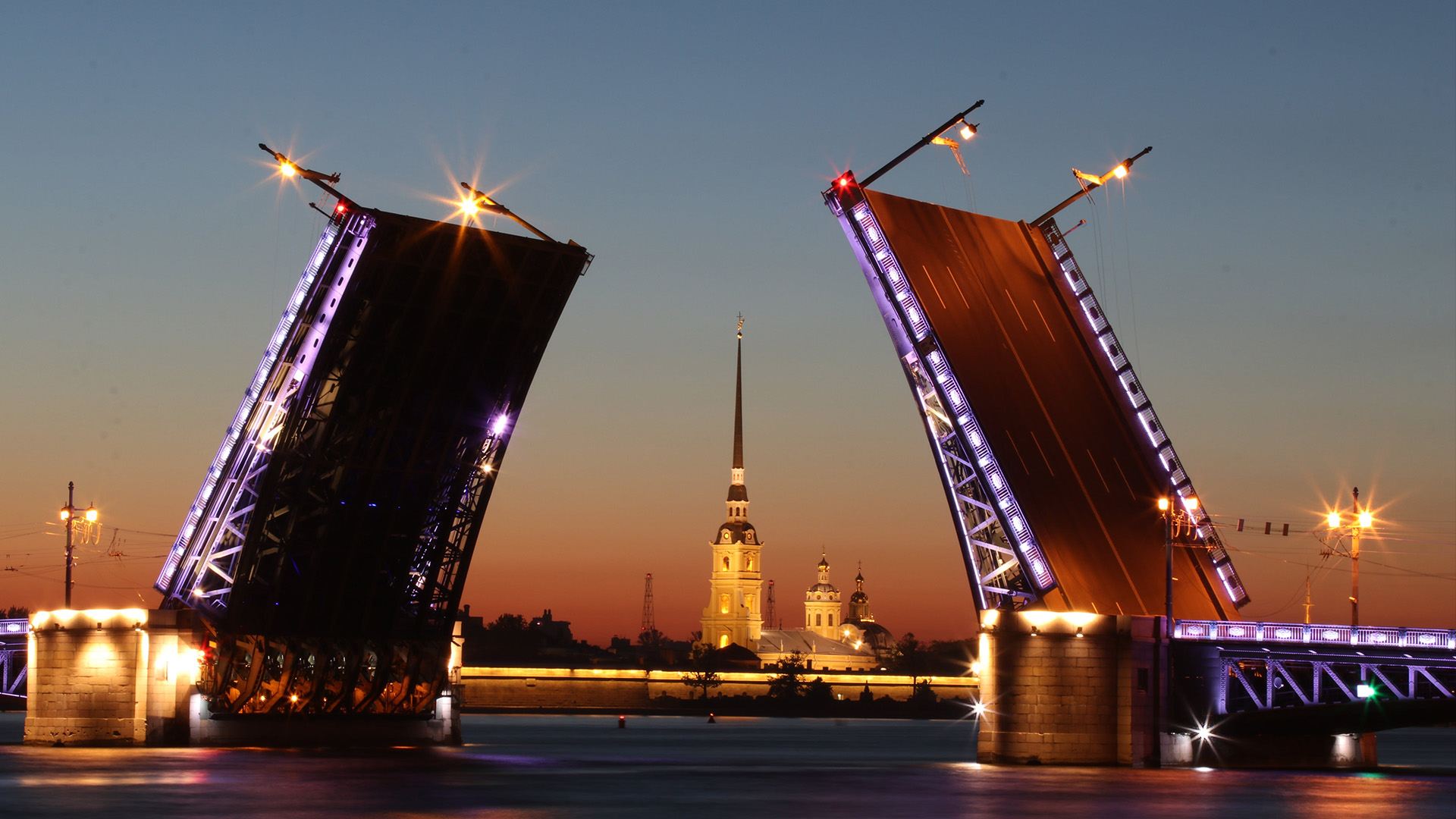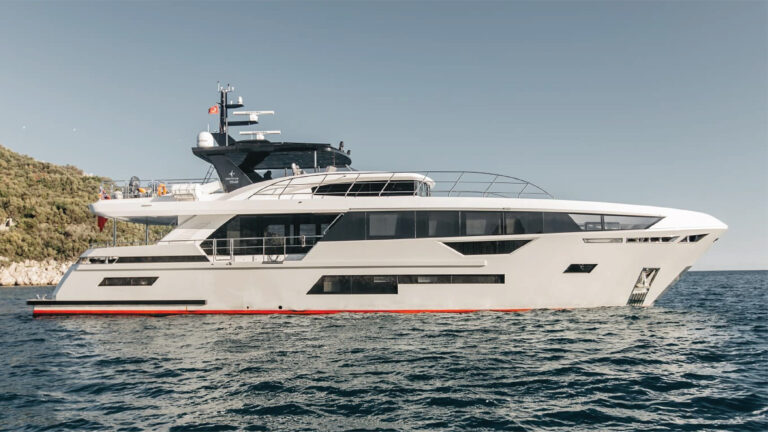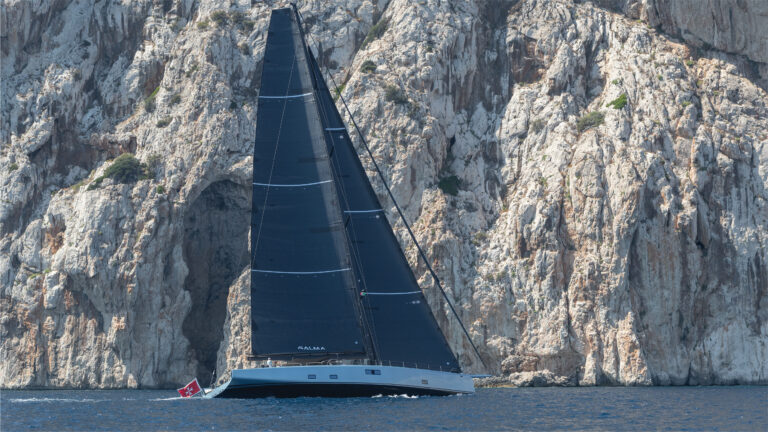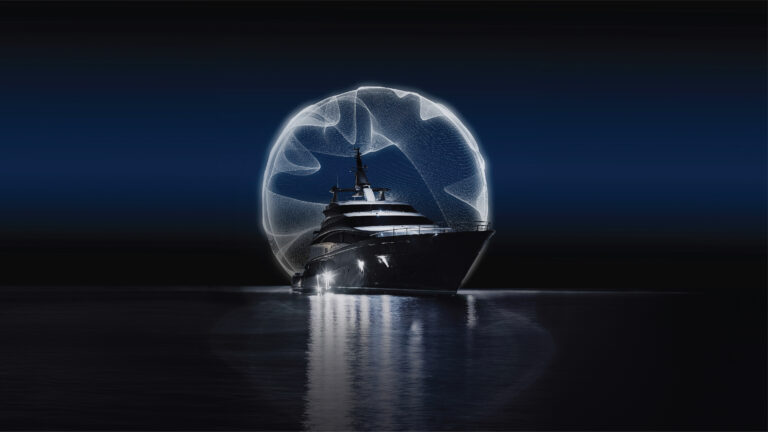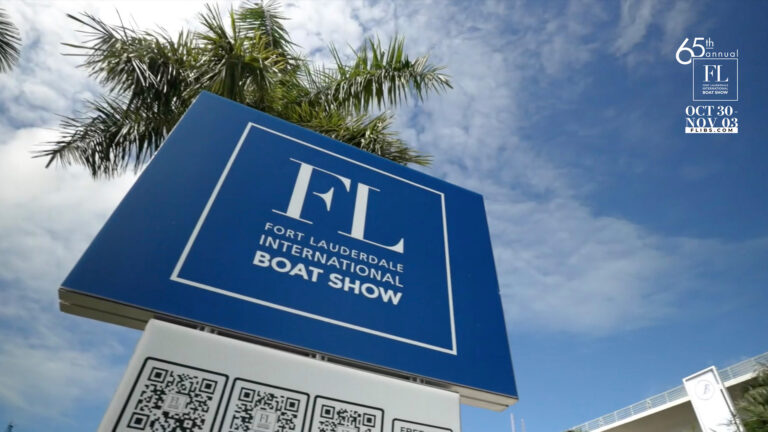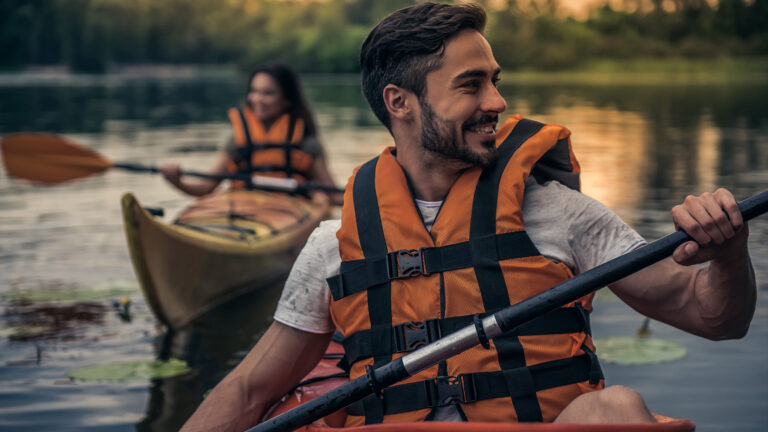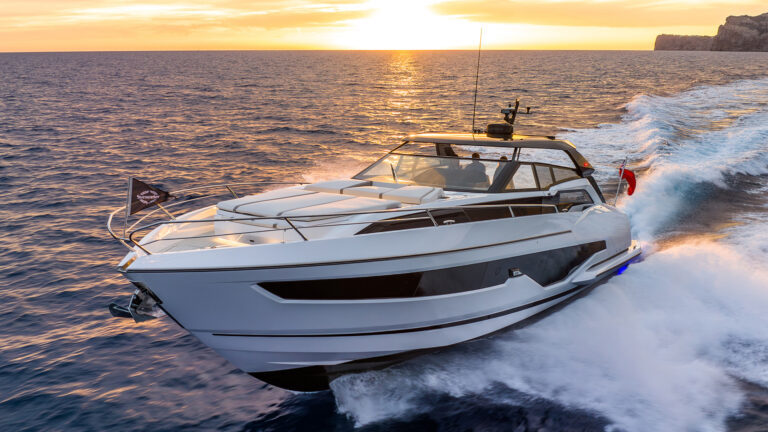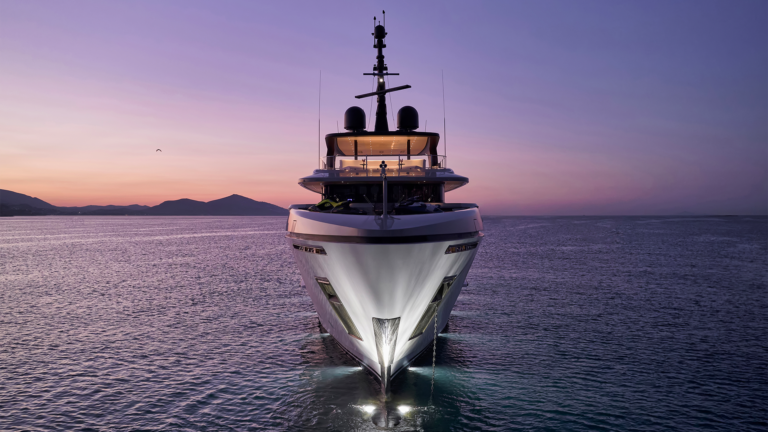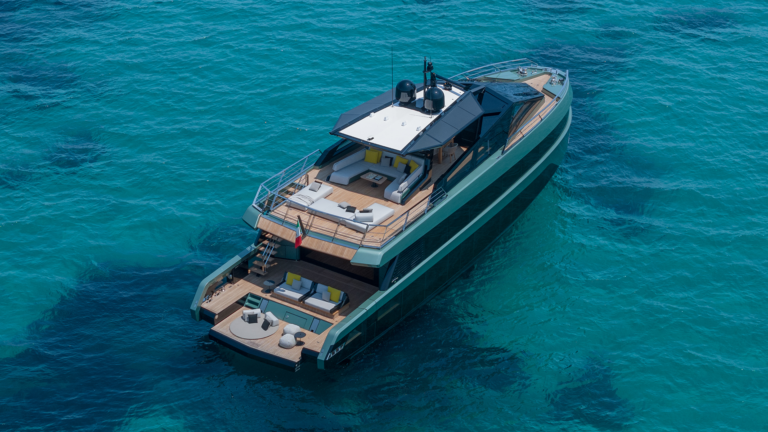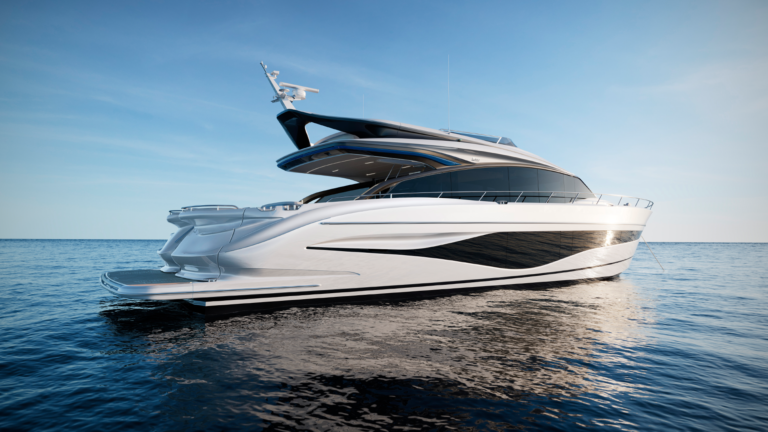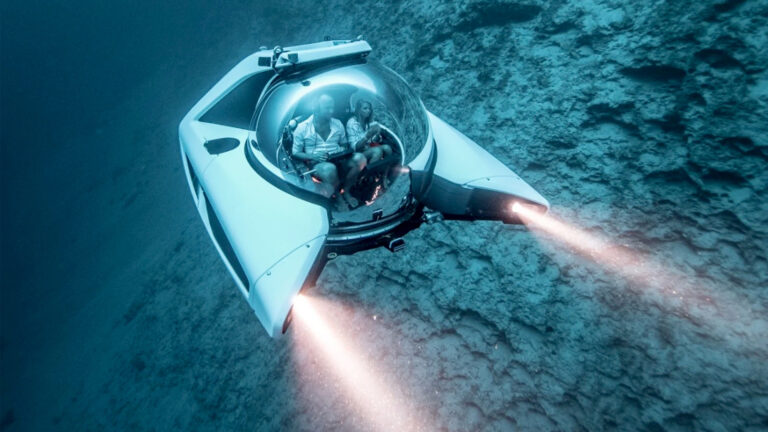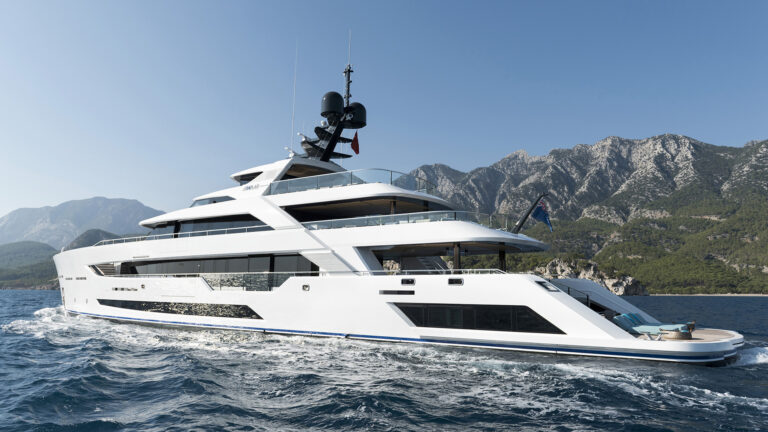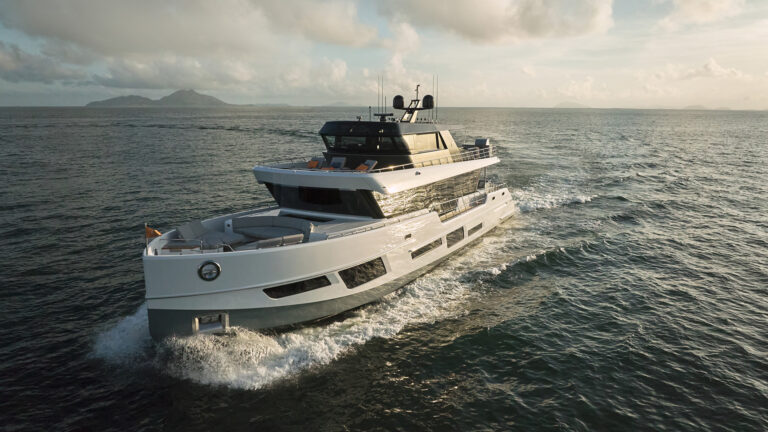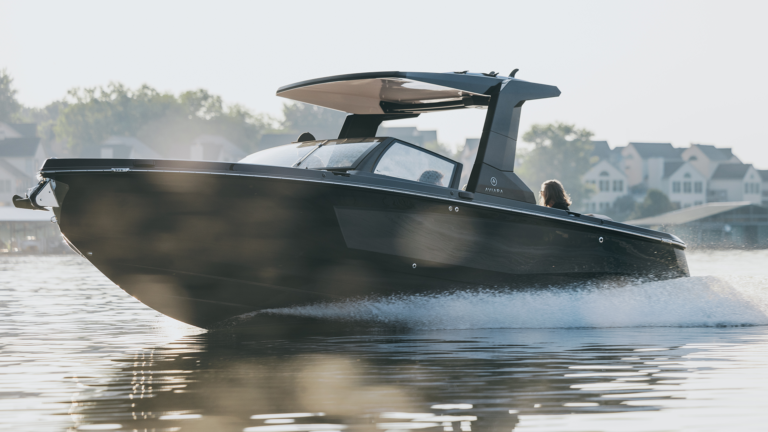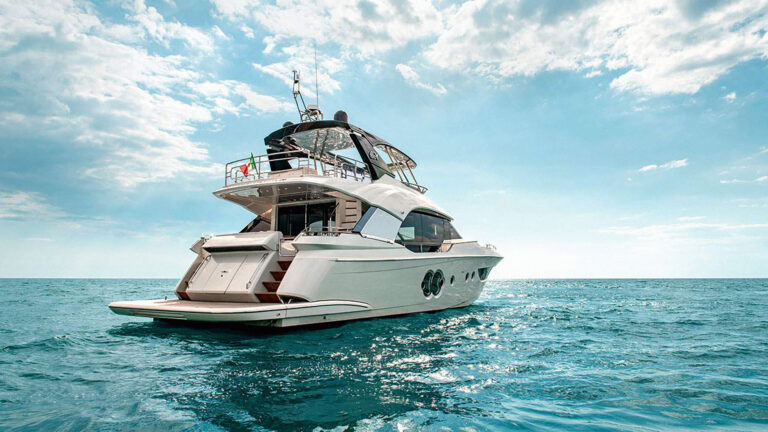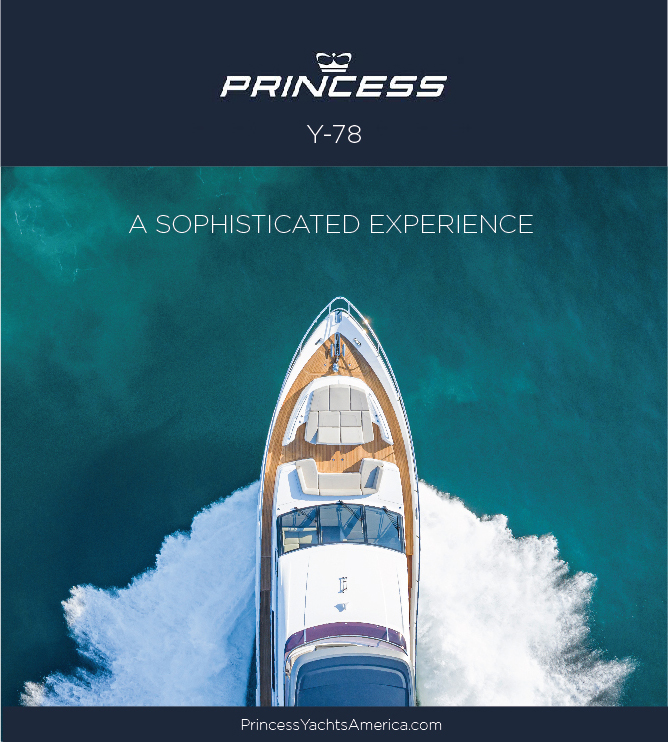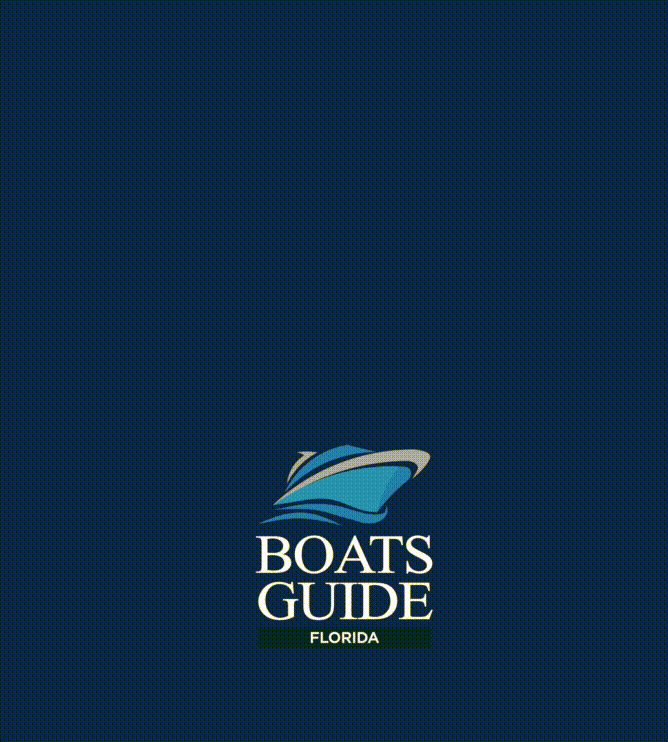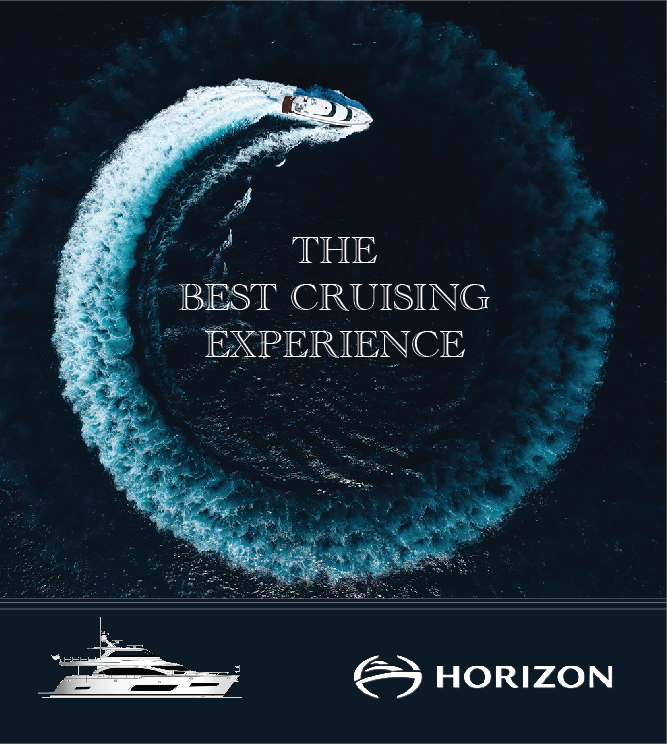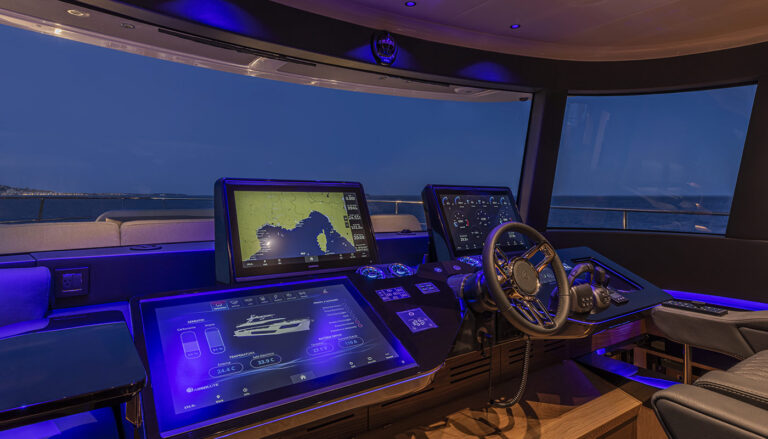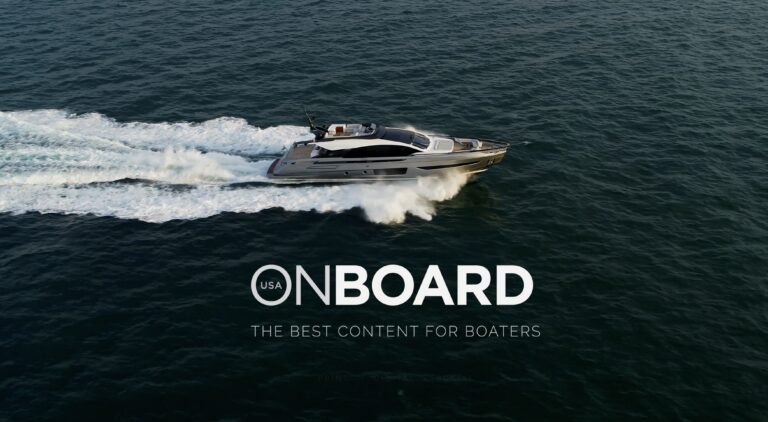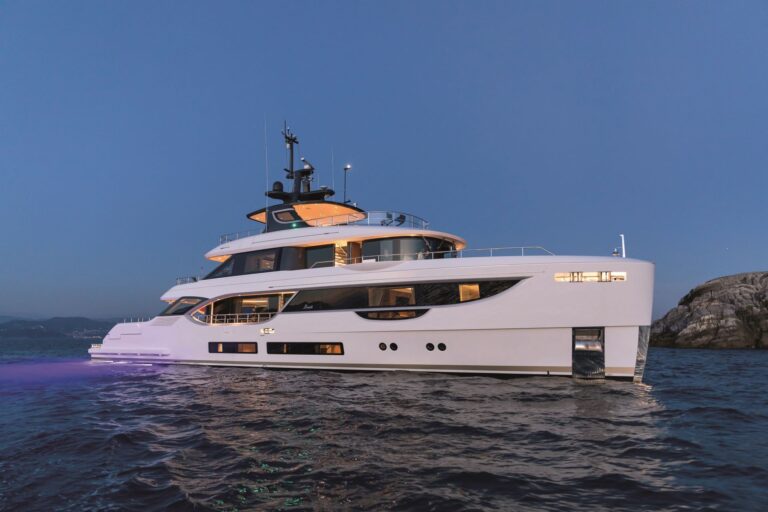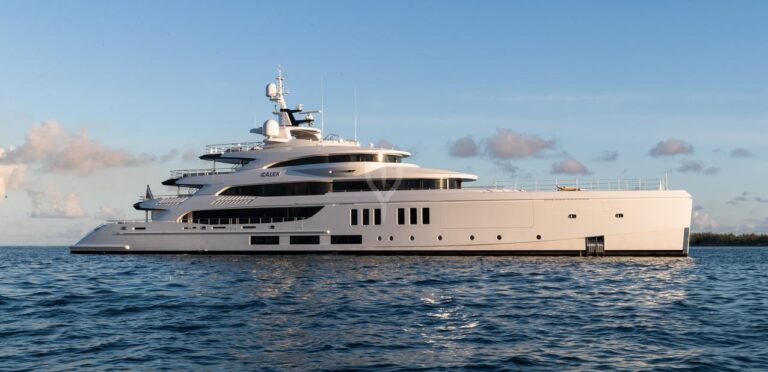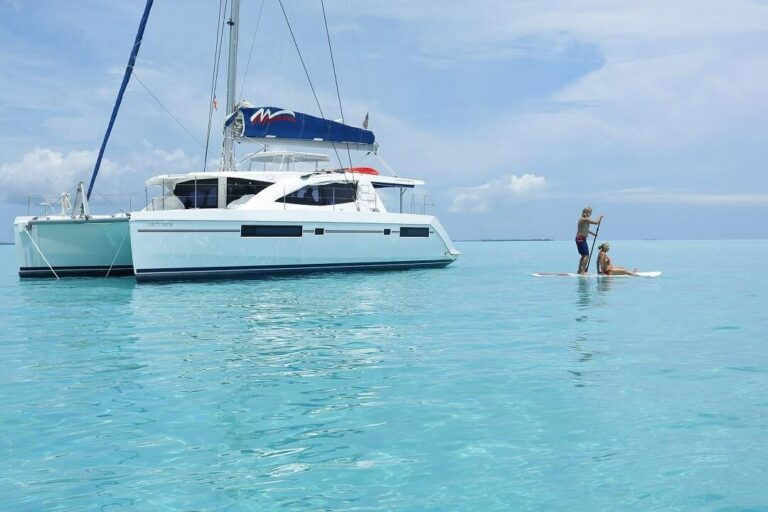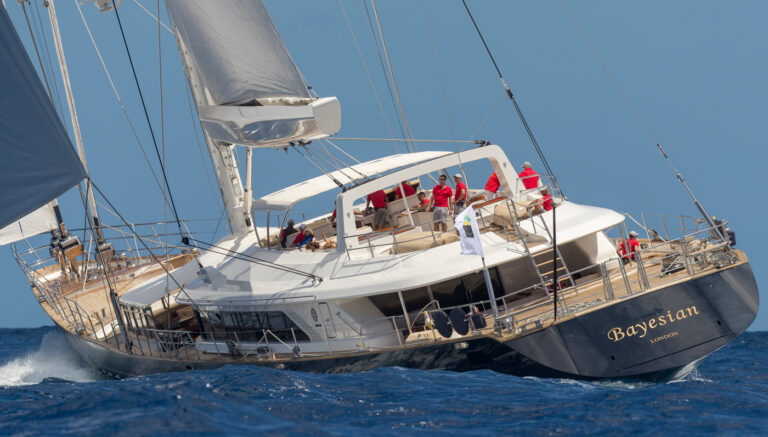To add to the confusion, restrictions are constantly changing. Even though a bridge had a specific schedule last season, it will still need to keep to that schedule this year. Changes are published in the U.S. Coast Guard’s Local Notice to Mariners. It’s also wise to check locally for bridge schedules before setting out.
The center channel clearance is often higher than the tide gauge readings suggest for arched bridges. So, check your chart and tide tables, and unless it specifically states that the vertical clearance is “at the center,” you can count on a bit more height in the middle of the channel, under the bridge’s arch. Some bridges may have signs indicating additional height at the center.
Some bridges open upon request if given the proper signal, but many only open at scheduled times. Always contact the bridge for an opening. Signals include horn blasts (usually long and short), but the proper way is to call the bridge operator on VHF. Bridges monitor channel 9 or 13, depending on location. Always contact the bridge by name (e.g., North Landing Bridge, Barefoot Landing Bridge, Venetian Causeway Bridge, etc.). Otherwise, the wrong bridge may think you need an opening. You can find bridge names and appropriate VHF channels in up-to-date guides that list local rules and customs. Note that some bridge names may change. Communication is key. Even if the boat ahead of you has requested an opening, you must also request one so the bridge tender knows how many vessels will pass. We know of bridges closing on boats that needed to notify their request for an opening to the operator properly. Often, when the bridge is open, the tender has limited visibility.
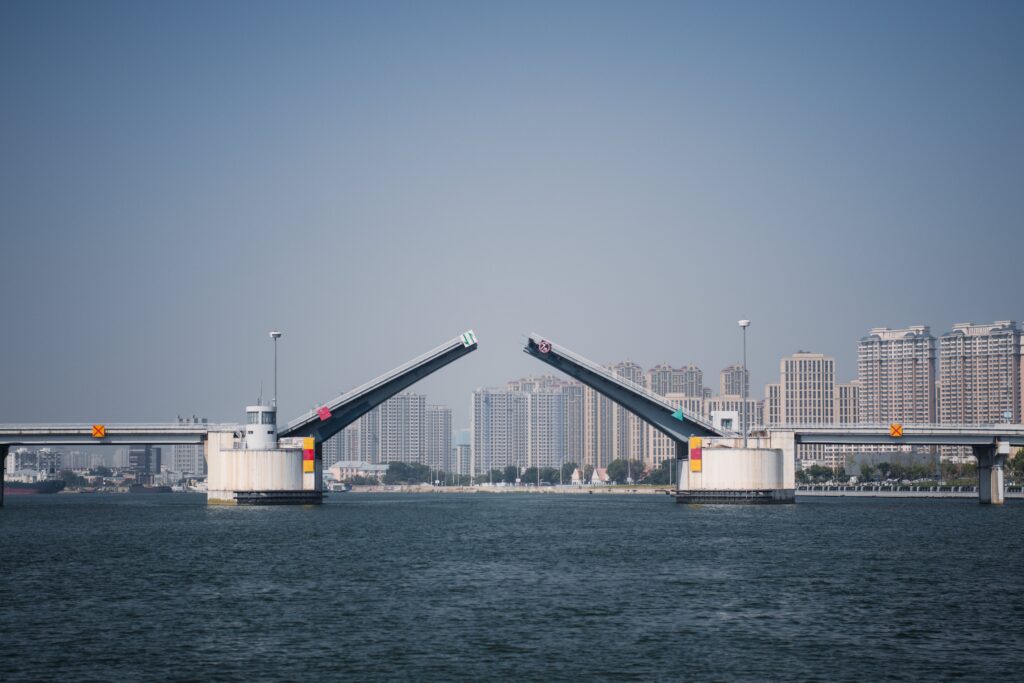
The bridge operator may sometimes direct recreational vessels to wait and give way to a tug, barge, or other vessels with restricted maneuverability. Paying attention is crucial. It’s advisable to have a VHF, always on listen, tuned to the bridge’s operating channel as you approach and during transit because there may be particular issues like a malfunctioning bridge, an approaching emergency vehicle, or other problems. Knowing in advance, you can slow down and proceed once the situation has cleared.
Upon reaching a bridge, there might be a plethora of boat traffic. Suppose the bridge only opens on a schedule or is otherwise restricted (such as bridgework or emergency road traffic). In that case, it’s important to consider the special maneuvering needs of other boats (including yours) when waiting in a crowd. Try to stay clear. For example, a sailboat often has little control in reverse or may require a wide turning radius. Large vessels may have very little maneuverability in tight spaces. Often, a tug with a barge must keep moving, unable to stop or dodge smaller boats.
Some vessels may have significant wind resistance issues that make steering and positioning difficult, especially if the wind blows from the beam or toward the bridge. Others, like deep-draft vessels, may be susceptible to strong currents pushing them toward the bridge and may need to keep away from the bridge until the opening. All this causes some anarchy in the behavior of boats waiting for the opening. It would help if you stay alert and at a prudent distance from other vessels.
Just as boats have different handling characteristics, skippers have different skill levels. A fail-safe tactic for peace of mind is to stay at the back of the line to avoid problems. However, stay caught up because the bridge operator must keep road traffic moving quickly.
If two or more boats are in sight of each other, the bridge operator may choose to delay the bridge’s opening until all the boats can pass together.
Approach the bridge at low speed and be prepared to wait, as the bridge cannot open until the traffic gates are closed. Many ICW bridges, for example, are older, and the aging machinery often operates slowly.
Once the bridge is open, proceed at no-wake speed with a safe distance from other vessels, as currents and turbulence around the bridge supports can complicate vessel control.
Technically, there is no legal right-of-way (except on the Mississippi and some other interior rivers), but boats traveling with the current should always be given the right-of-way as a courtesy. As always, if in doubt, let the other vessel pass first.
After passing through the bridge, continue at a no-wake speed until clear, then resume normal cruising speed.
How high is too low?
Even if your boat’s air draft can clear a bridge, you might need an opening. The theoretical vertical clearance of fixed bridges on the AICW is 65 feet (except for Miami’s Julia Tuttle Bridge at 56 feet) but is tide-dependent. An unusually high tide, excessive rain flood, or storm surge can reduce it. We’ve seen sailboats dismasted because they underestimated the clearance. The safest course is to head out to sea for that part of the journey or wait until the water level is low enough to cross more safely. Besides the AICW, other waterways have different height restrictions—55 feet for the Florida Gulf Intracoastal Waterway and 49 feet for the Okeechobee Waterway.
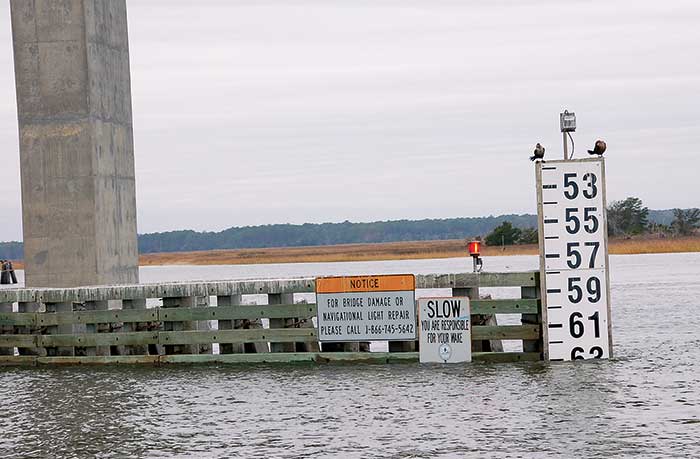
When a bridge tender tries to be helpful or offer advice, remember you are the captain of your ship and usually the final authority. Many operators have little real-world boating experience. Some also grow impatient with ignorant or rude mariners. However, these incidents are not the norm and are often exaggerated. Bridge operators must juggle many interests, all with legitimate demands on the situation, including winds, tides, storms, currents, and poorly trained captains. If you have any problems, the U.S. Coast Guard has a “Bridge Office” in each district you can contact. Generally, those responsible for operating the bridges are eager to help and do their best to accommodate. Frequently, many of them are boaters themselves.
Remember: Respect for the rules, knowledge, and consideration for others makes everything work.

